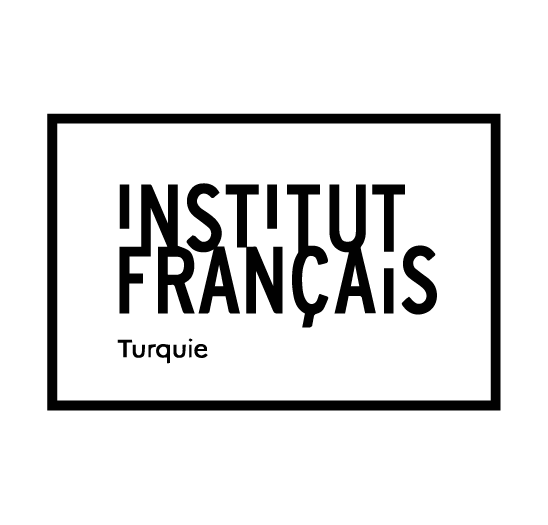Festival
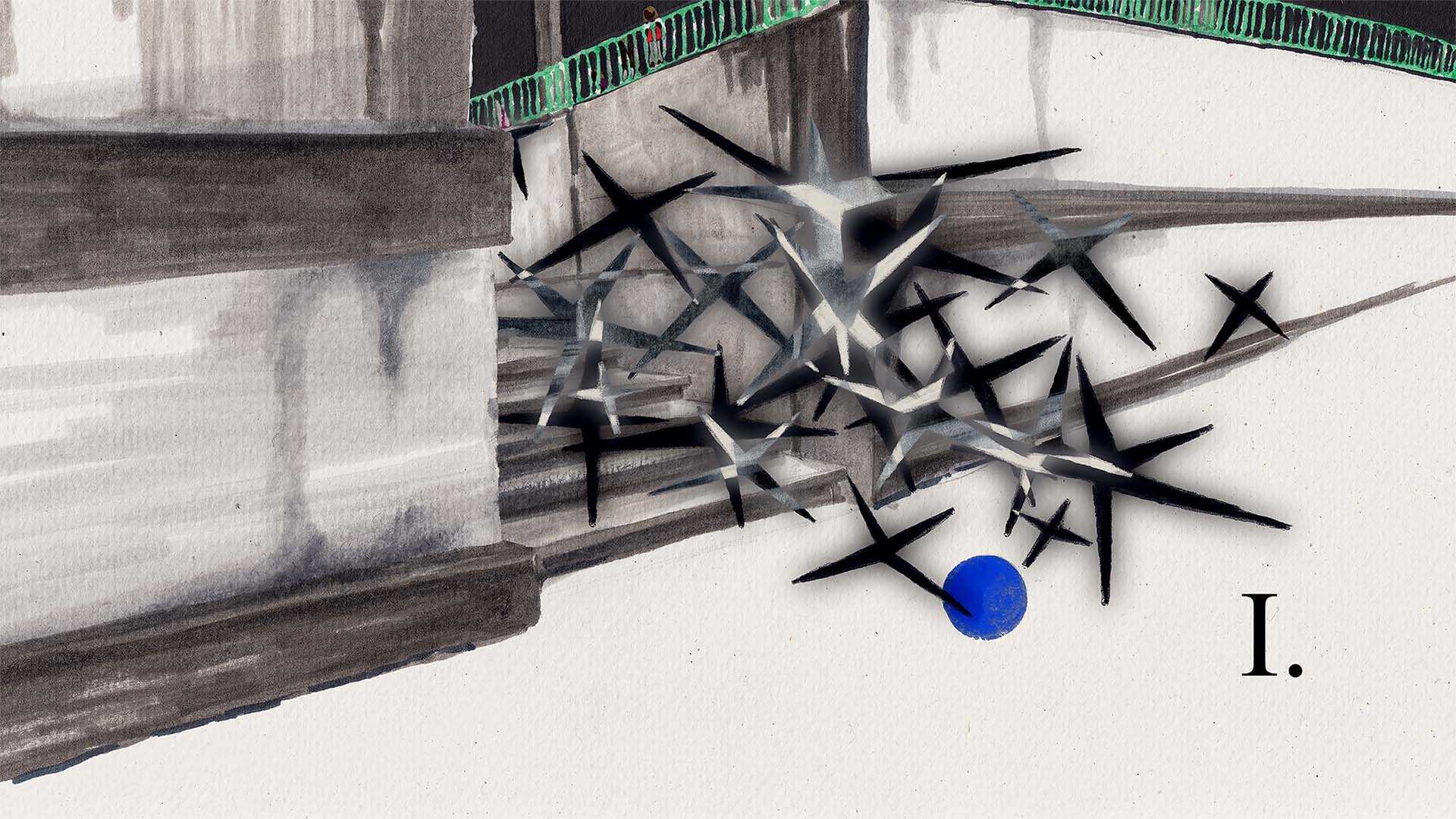
A breathtaking symphony of sight and sound, this film weaves its poetic soul through the delicate choreography of imagery and emotion. Each frame hums like a verse, lifting the art of cinema to a new aesthetic level that lingers long after the final fade.

In this film, the soundscape is an integral part of the story. Through the anxious wait for a phone call, we are drawn into an absurd world where everything seems to darken and collapse.
The sound of coffee being poured into a cup transports us elsewhere; buildings melt away. The world sinks, along with the young woman desperately waiting for a reply.
This feeling that everything is slipping away is beautifully rendered through the striking black-and-white imagery, accompanied and deepened by the expressive use of music and sound.
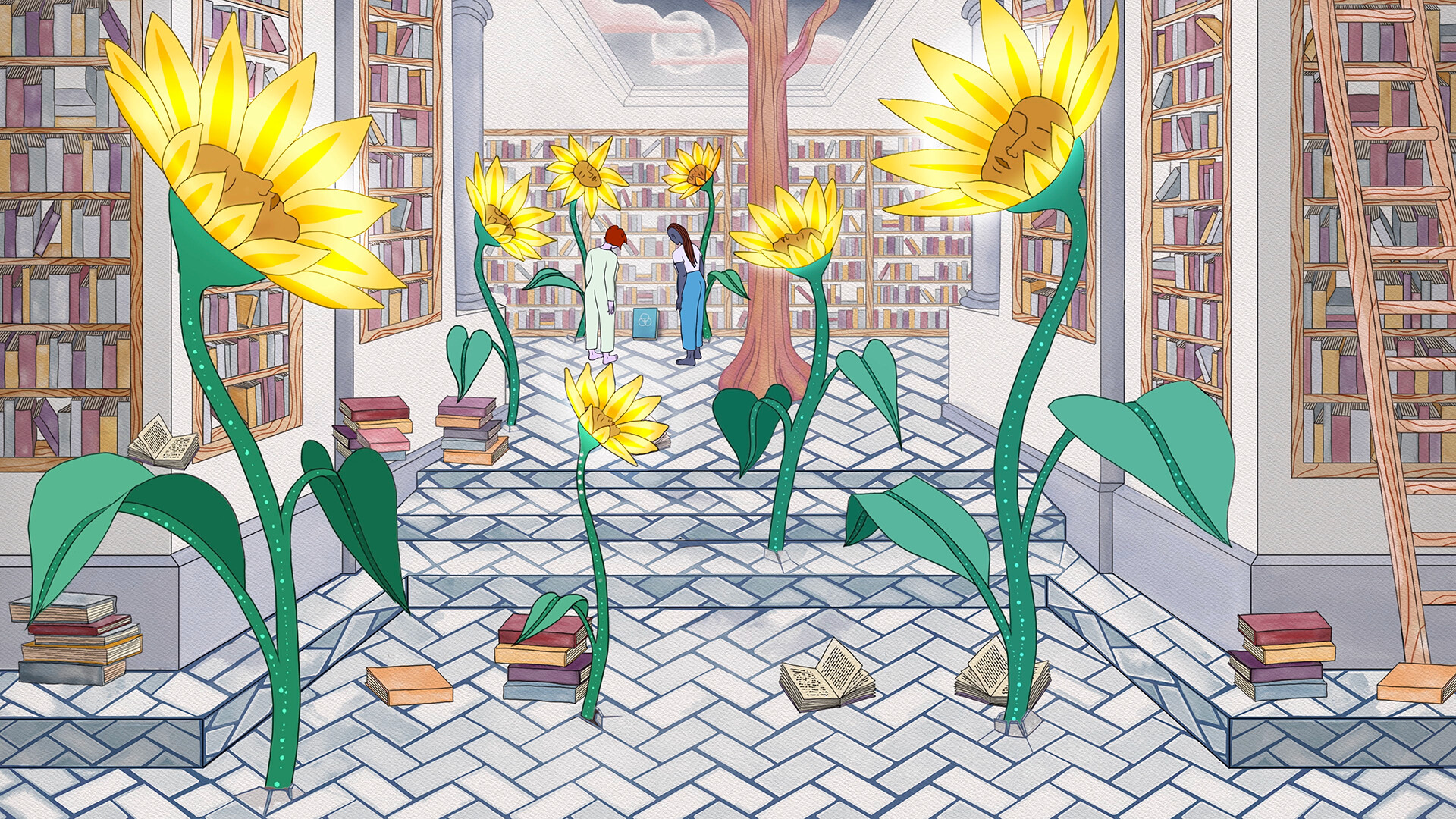
This film mesmerizes the audience with a visual style that evokes the surrealism of Suzan Pitt, fused with the psychedelic colour-play ofYellow Submarine, the dreamlike strangeness and allegorical power of La Planète Sauvage, and echoes of historic Balkan animation fused with a dash of ’90s MTV animations. As a first film, it brings a crucial subject into focus, building on dialogue and the value of communication, and manages to distinguish itself.

A story to tell doesn’t have to be bombastic or pretentious. The protagonist’s dialogues with his friends shine by capturing the most trivial and seemingly insignificant details, all stemming from the discovery of the other protagonist: a box. Through a restrained and sensitive staging, the characters move across the visual field, sharing this finding : the box. This newly founded object, stripped bare, open, and symbolic, manages to reflect life.
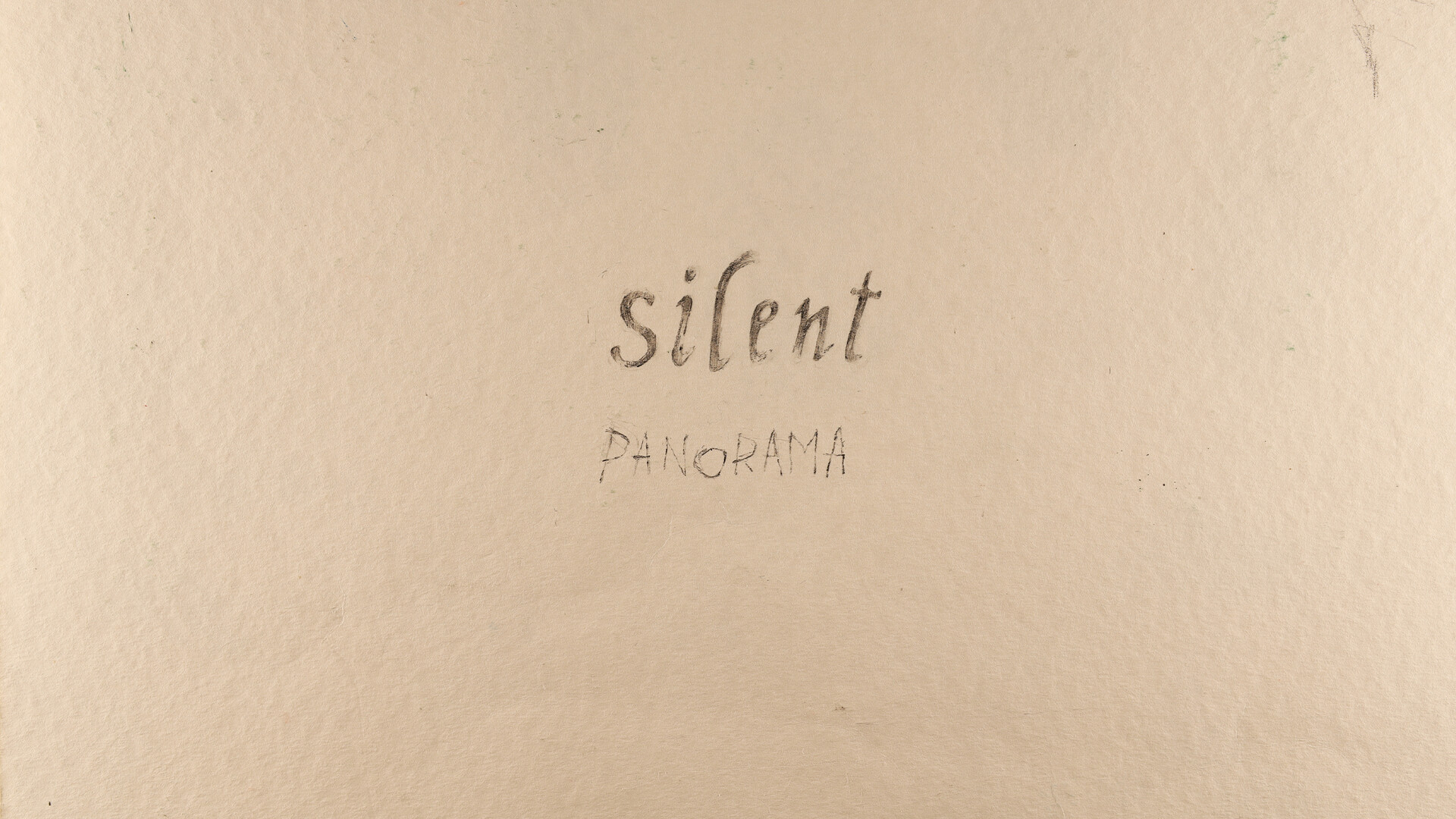
The masterful use of a single page as a stage for human history; reflecting his helical understanding of history through his choice of page/scene/space, and presenting different narratives on the same stage, surprising the “eye” and activating the audience with his innovative approach, Nicolas Piret’s Belgian production Silent Panorama has been deemed worthy of the SİYAD award in the international competition section of the 13th International Animators Film Festival.

This delicate animation revisits a young girl’s childhood memories with her older brother, evoking sensory impressions with remarkable subtlety and acute sensitivity. The rustling of the wind through branches, the sound of footsteps in the forest, and the playful moments by the river all come alive through the film’s masterful sound design and music, which play as vital a role as the nocturnal gouache-painted settings. The evocative power of animation combined with music creates a film that heightens our senses and reconnects us to the emotional force of our earliest memories.
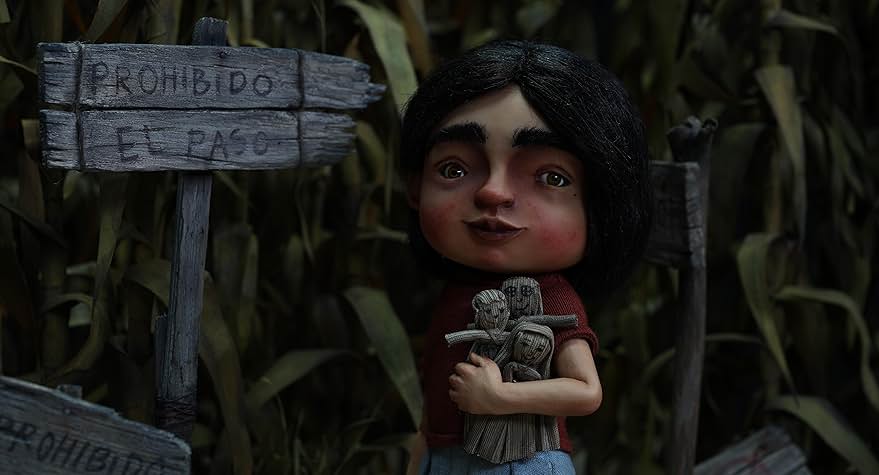
This stop-motion animation, which reflects a certain Mexican tradition, by filmmakers such as Karla Castañeda, Rita Basulto, and Sofia Carrillo, among others, reflects rituals linked to the cult of death, present in Mexican culture. The film stands out for its impeccable and surreal set design, which embraces childhood, fear, and death, eschewing an imminent end and leaving the story in the hands of the viewer.
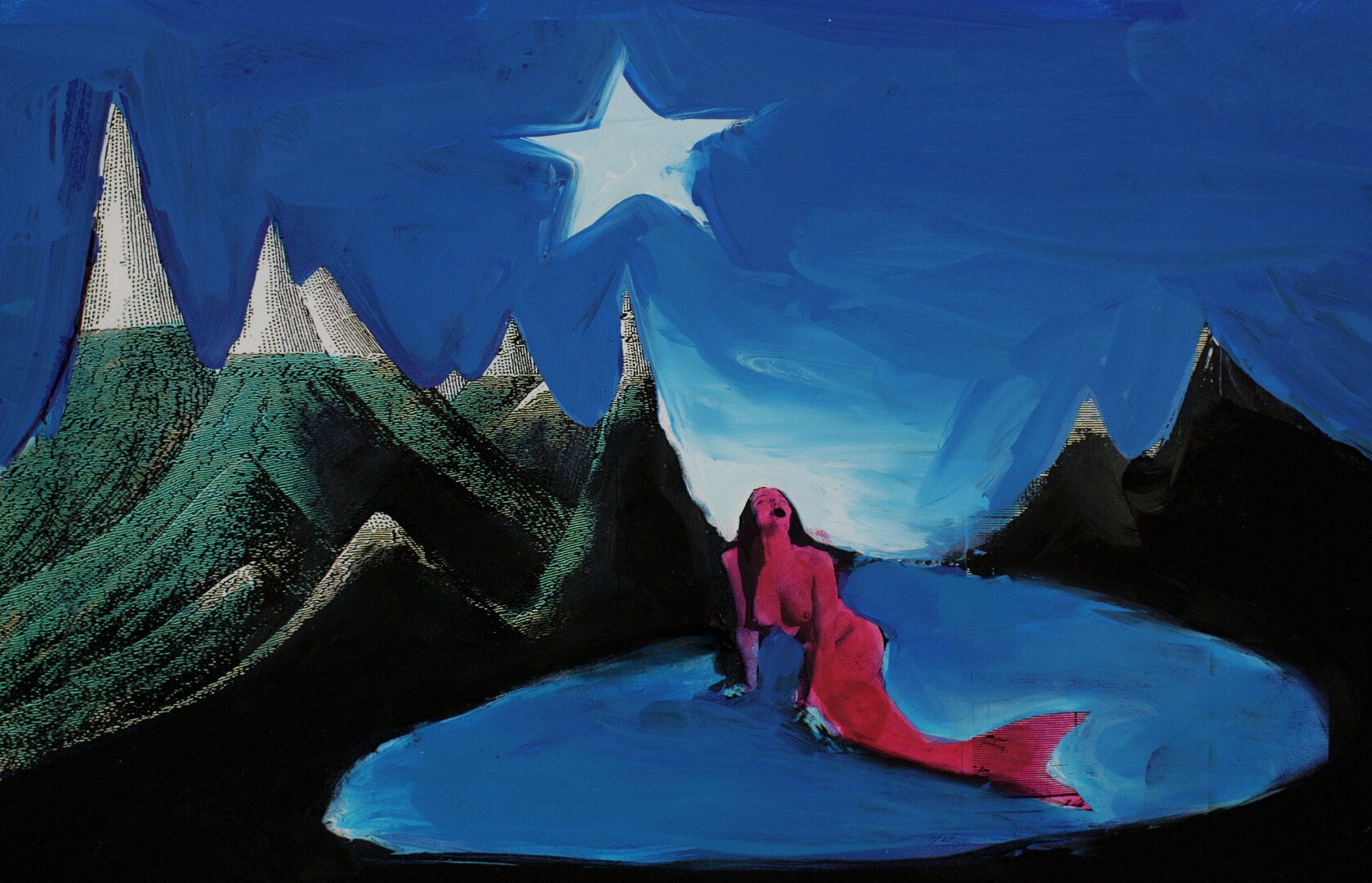
From the very first frames, the cinematic suggestion is captivating. The audiovisual cadence that weaves together different techniques seduces the audience with a mix of animated painting, rotoscopy, live-action footage, and background photographs.
That visual diversity, crafted into an organic whole, along with a musical dimension, foley, and whispers, will transform this animated work into a hoard of provocative emotions and sensations that are hard to ignore. This film will be grounded in visual memory as a masterpiece.

This film is an intriguing experimental piece, distinguished by its striking constructivist art style, solid mixed-media foundation, dynamic editing, and a powerful underlying message. Inspired by Kazimir Malevich’s poem, geometric abstraction cuts through the film with bold rhythmic precision.
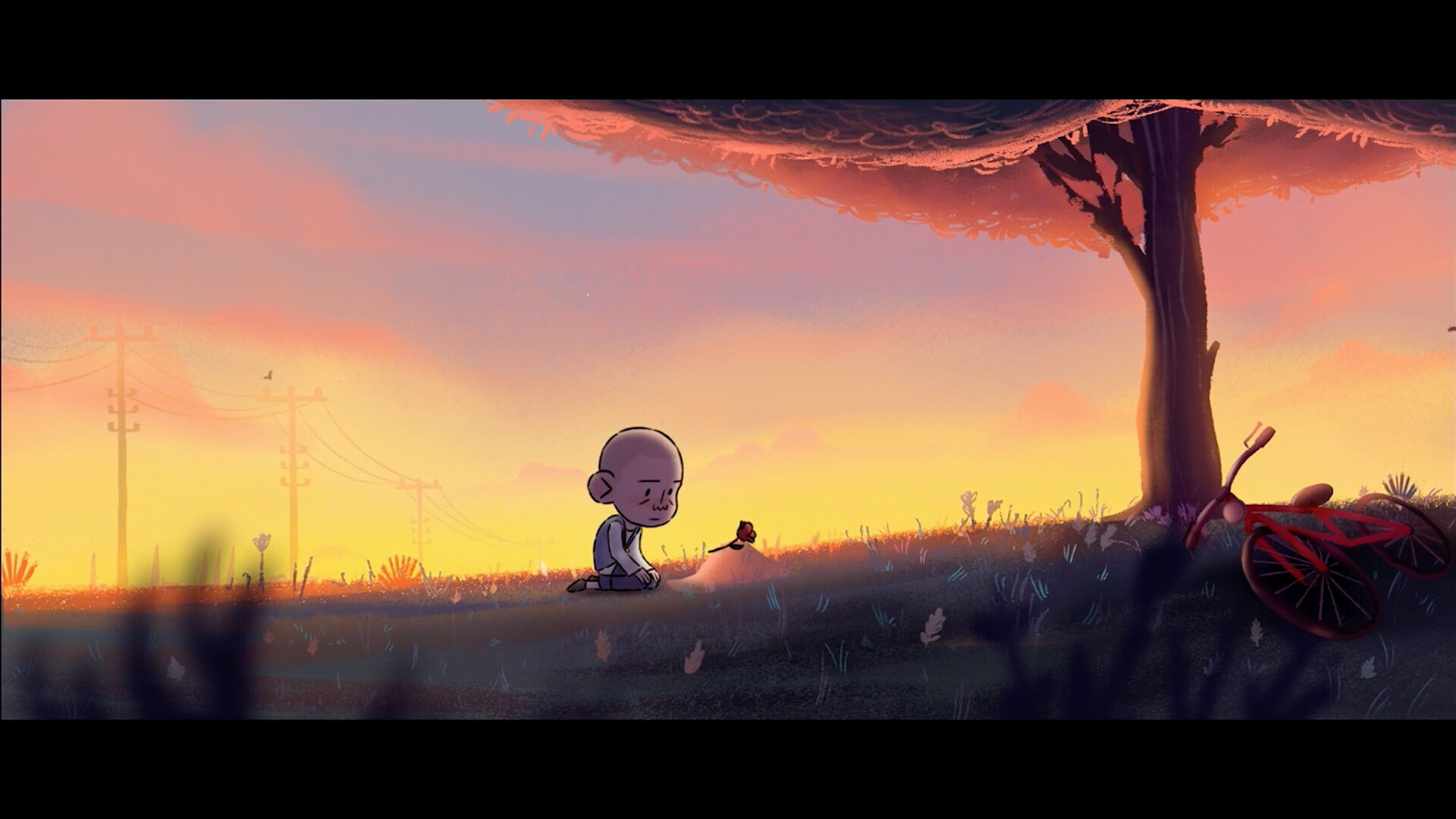
This film portrays the first encounter with mortality through the childhood memory of a bird’s demise, using smart surrealist filmmaking choices to deepen its emotional impact. Furthermore, the film draws richly on Turkish cultural heritage, weaving in references to local customs, characters, sounds, and caricature styles, filling an important place in the contemporary landscape of Turkish cinema.
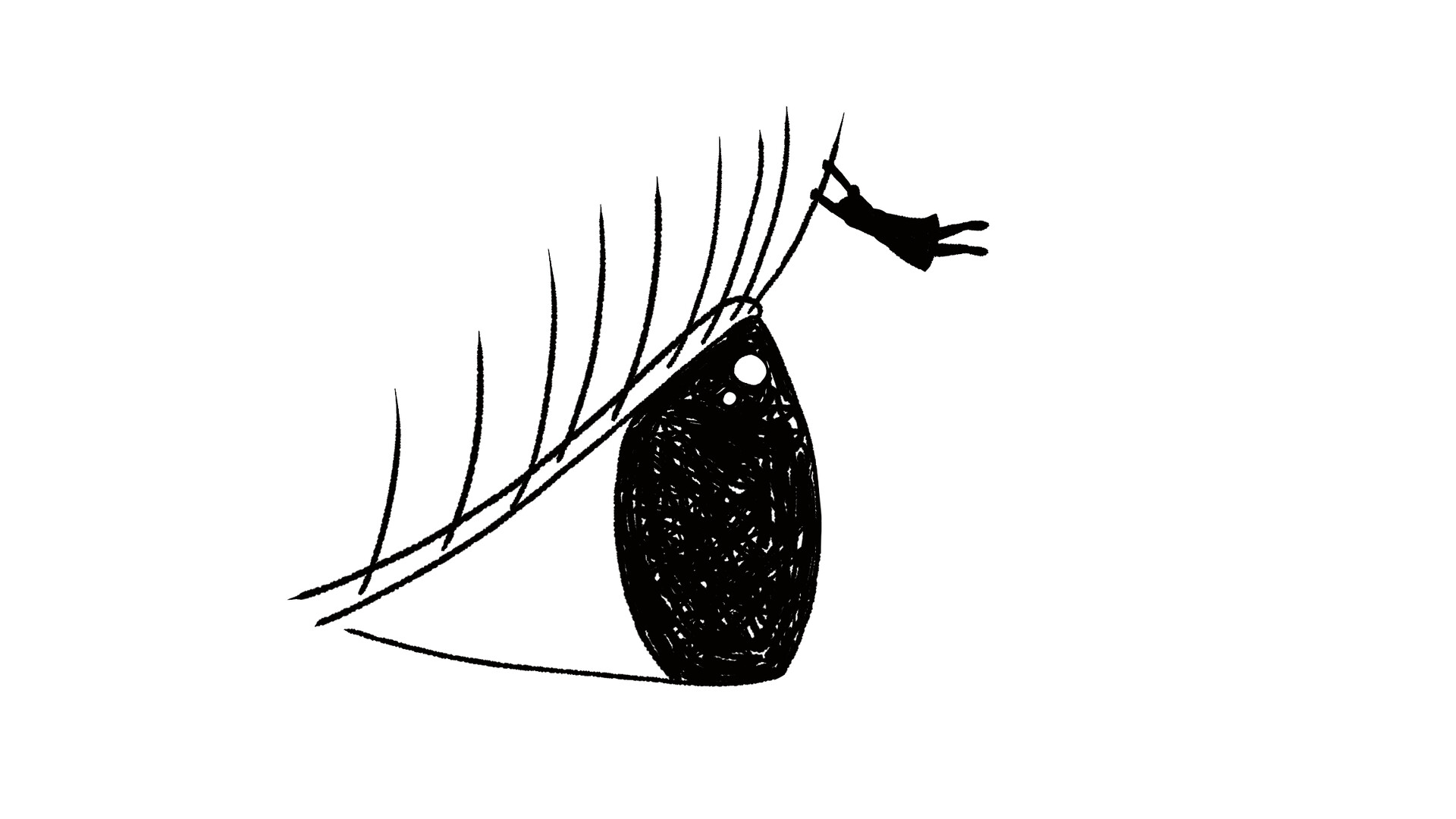
Through a deceptively simple, almost naïve animation style, the filmmaker conveys the pain of loss, mourning, and emotional healing.
Without a single word—making the film universal and accessible to all—she allows us to experience the death of a loved one with profound empathy and grace.

Among the seven films competing in the domestic category of the 13th Canlandıranlar International Film Festival, Doğa Kılıçoğlu Esen’s film Kirpik (Eyelash) was deemed worthy of the SİYAD award for its simple yet powerful illustrations depicting the love between parent and child through the metaphor of the seeing, nurturing, protecting eye, showing how the feeling of being seen and loved after loss transforms into the strength to
continue living.
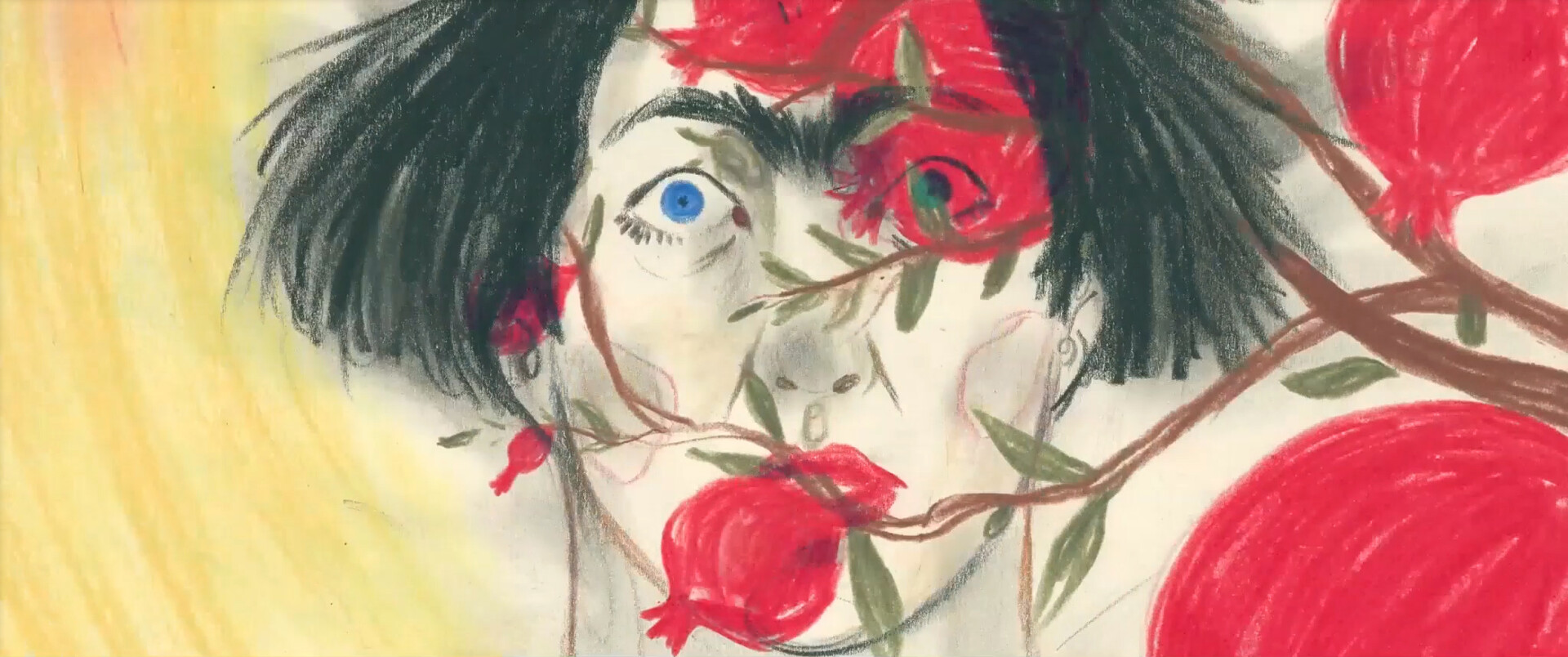
A 2D film, full of color and spatiality. The human figure bursts into the foreground in a psychedelic manner, altering the figuration. In parallel, the presence of pomegranates brings sense of peace, like a source of life.

This film portrays the first encounter with mortality through the childhood memory of a bird’s demise, using smart surrealist filmmaking choices to deepen its emotional impact. Furthermore, the film draws richly on Turkish cultural heritage, weaving in references to local customs, characters, sounds, and caricature styles, filling an important place in the contemporary landscape of Turkish cinema.





